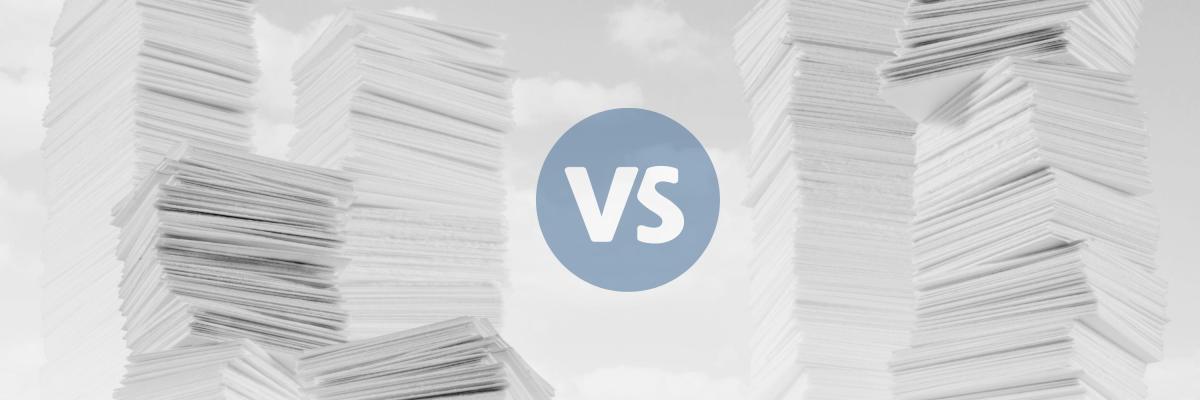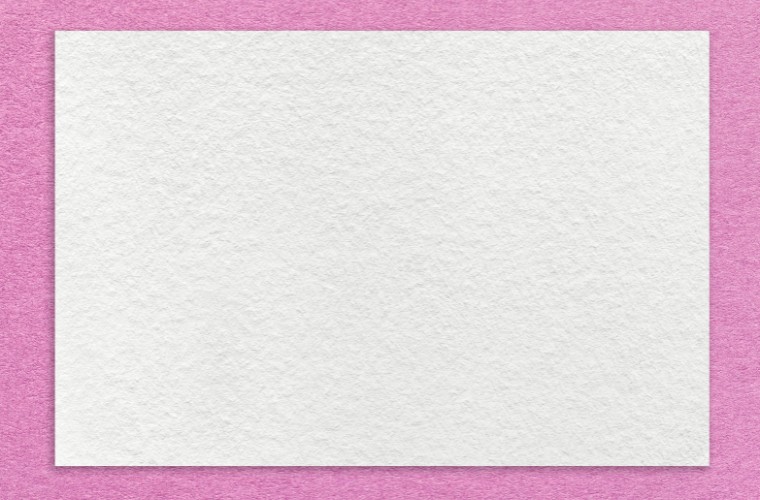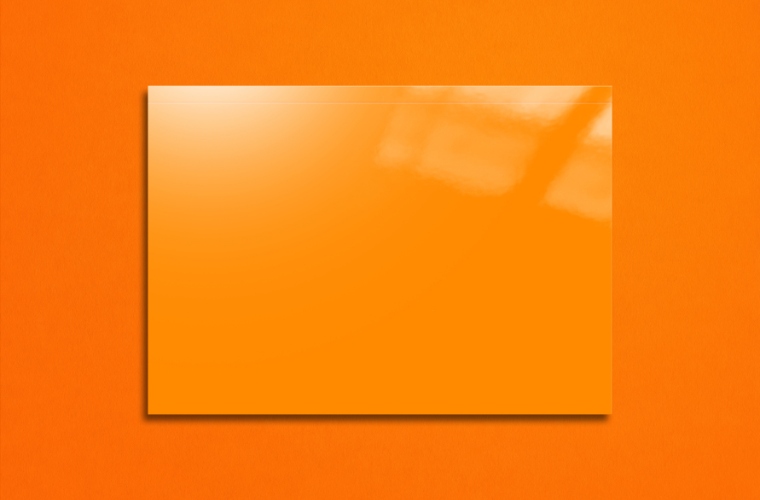
Have you ever held two printed materials—one with a sleek, shiny finish and another with a smooth, non-reflective surface—and wondered which one would work better for your project?
Choosing between matte and glossy paper can be a tough choice, especially when the stakes are high for creating professional, eye-catching prints. Each finish has its strengths and ideal uses, but making the wrong choice can mean blurry photos, hard-to-read text, or materials that just don’t look the way you imagined.
At Strategic Technology Partners of Texas (STPT), we’ve been helping businesses and individuals optimize their printing processes for nearly 40 years. Whether you’re printing marketing materials, professional photographs, or everyday documents, we’ve seen how the right paper can transform your project.
In this guide, we’ll break down the differences between matte and glossy paper, their best applications, and how to choose the perfect finish for your specific needs.
By the end of this article, you’ll have all the knowledge you need to confidently decide whether matte or glossy paper is the right fit for your next print job. Plus, we’ll share tips to make sure your prints look as sharp and professional as possible.
Learn about common printer paper types with our 6 Different Types of Paper for Printing article.
What is Matte Paper?
Matte paper is known for its smooth, non-reflective finish. It absorbs light rather than reflecting it, which gives printed materials a clean, sophisticated look. Unlike glossy paper, matte minimizes glare, making it easier to read and view under bright lighting conditions.

Best Use Cases:
- Printing text-heavy materials like reports, manuals, or presentations.
- Documents or marketing materials where readability is critical, such as brochures and flyers.
- Professional prints where a subtle, understated look is preferred.
Examples: Think of matte paper for materials you’d distribute in a well-lit office environment, like client handouts or product catalogs. Its muted finish ensures clear text and sharp images without the distraction of glare.
What is Glossy Paper?
Glossy paper, on the other hand, has a shiny, reflective finish that enhances the vibrancy of colors and the depth of images. This high-gloss look makes it a favorite for image-heavy projects and materials where visual impact is a priority.

Best Use Cases:
- Printing photographs, marketing postcards, or posters.
- Materials designed to grab attention, like advertisements or product packaging.
- Any project with bold graphics, high-resolution images, or rich colors.
Examples: Glossy paper works best for projects where you want colors to pop and grab the viewer's attention, such as a photo portfolio, event invitations, or magazine-style brochures.
Looking for high-quality photo paper recommendations? Check out our blog on the 5 Best Photo Printer Paper Options.
Key Differences and Considerations
1. Finish and Appearance:
The most obvious difference between matte and glossy paper is the finish. Matte paper provides a subtle and professional look, while glossy paper creates a polished, high-impact effect. Your choice will depend on whether you prioritize readability or eye-catching visuals.
2. Durability and Handling:
Glossy paper is more prone to fingerprints, smudges, and scratches due to its reflective coating. Matte paper, being less delicate, is better suited for materials that will be handled frequently, such as manuals or workbooks.
3. Readability:
If your print materials are primarily text-based, matte is often the better choice. Glossy paper can reflect light in a way that makes reading difficult, particularly under bright or uneven lighting.
4. Print Quality:
Both types of paper deliver excellent print quality, but glossy paper tends to enhance the contrast and sharpness of images. Matte paper, while less vibrant, offers more natural and subdued colors, which can lend a timeless quality to prints.
5. Cost Considerations:
Glossy paper is typically more expensive than matte due to its coating and enhanced finish. If your project is budget-sensitive and doesn’t require the visual punch of glossy paper, matte may be the smarter option.
Want to find good, affordable printer paper? Check out our blog on the 5 Best Budget-Friendly Printer Paper Options.
Which Paper is Best for You?
The choice between matte and glossy paper comes down to the purpose and audience of your print project:
Choose Matte If:
- You’re printing text-heavy documents where readability is key.
- You want a professional, understated look for your materials.
- Your project will involve frequent handling and needs to resist fingerprints and smudges.
Choose Glossy If:
- You’re printing high-quality images or graphics that need to stand out.
- Your goal is to create vibrant, attention-grabbing marketing materials.
- You want a sleek and modern finish that enhances visual impact.
Choose the Right Paper for Your Printer
When it comes to printing, the decision between matte and glossy paper can significantly affect the final look and feel of your materials. Matte paper offers a subtle, professional appearance with great readability, while glossy paper delivers a bold, eye-catching finish that makes images and colors pop. By understanding the strengths of each, you can confidently choose the right paper for your next project.
Related Reading: Copy Paper vs. Multipurpose Paper: What's the Difference and Which is Best for Your Printer?
Find Compatible Printers
At STPT, we’ve spent decades helping businesses and individuals get the most out of their printers, and we’re here to help you, too. Ready to explore compatible printers for your paper or project?
Discover the best printers for achieving professional results with matte or glossy paper. Browse our printer catalog now with our product configurator. You can search for machines based on specifications like print speed and price. Plus, you can add optional accessories and finishing options.
Struggling to choose the right paper or printer? Contact us for expert advice tailored to your project.
